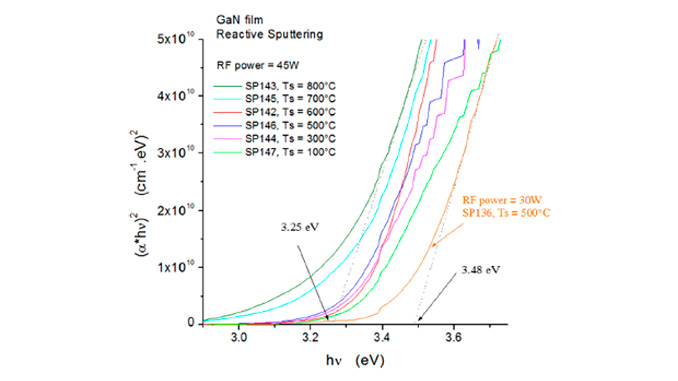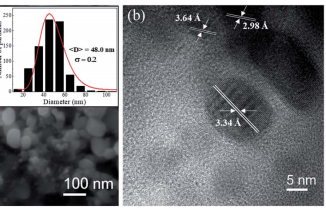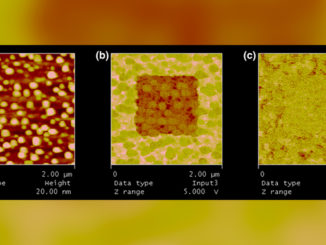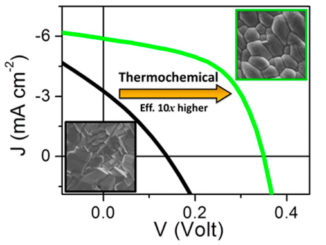
Writers: Ziani S. Schiaber, Douglas M. G. Leite, Jose R. R. Bortoleto, Paulo N. Lisboa-Filho, Jose H. D. da Silva
Keywords:
Abstract: The combined effects of substrate temperature, substrate orientation, and energetic particle impingement on the structure of GaN films grown by reactive radio-frequency magnetron sputtering are investigated. Monte-Carlo based simulations are employed to analyze the energies of the species generated in the plasma and colliding with the growing surface. Polycrystalline films grown at temperatures ranging from 500 to 1000 °C clearly showed a dependence of orientation texture and surface morphology on substrate orientation (c- and a-plane sapphire) in which the (0001) GaN planes were parallel to the substrate surface. A large increase in interplanar spacing associated with the increase in both a- and c-parameters of the hexagonal lattice and a redshift of the optical bandgap were observed at substrate temperatures higher than 600 °C. The results showed that the tensile stresses produced during the film’s growth in high-temperature deposition ranges were much larger than the expected compressive stresses caused by the difference in the thermal expansion coefficients of the film and substrate in the cool-down process after the film growth. The best films were deposited at 500 °C, 30 W and 600 °C, 45 W, which corresponds to conditions where the out diffusion from the film is low. Under these conditions the benefits of the temperature increase because of the decrease in defect density are greater than the problems caused by the strongly strained lattice that occurr at higher temperatures. The results are useful to the analysis of the growth conditions of GaN films by reactive sputtering.




